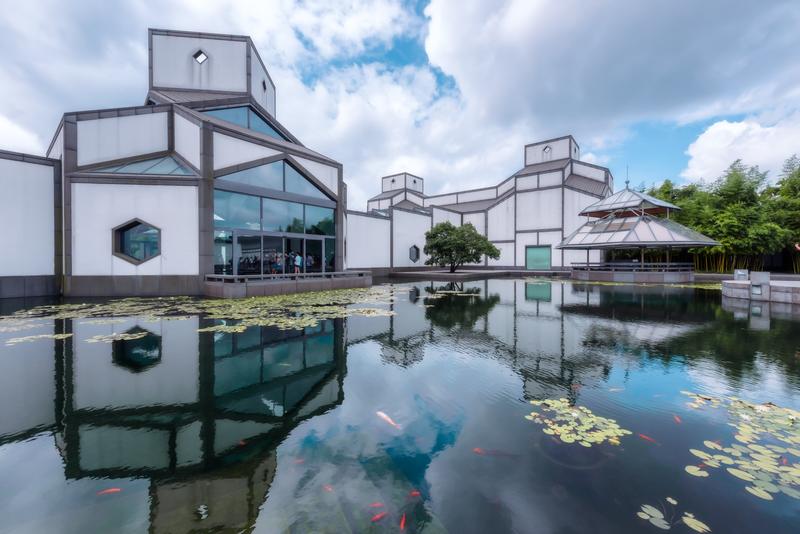How I.M. Pei embraced past and present






Pei: Time in Suzhou influenced designs
"I. M. Pei was a diligent, dependable architect and a true master of his craft. He instilled great enthusiasm in all those who had the pleasure of working alongside him at the Louvre over the course of this vast project. His infectious smile will remain cherished in our memories," the tribute said.
The front page of the Suzhou Museum's website turned a mournful black and white on Friday on news of Pei's death.
The museum has turned one of its rooms into a memorial for visitors to present flowers in honor of Pei and to appreciate his work. Since Friday morning, hundreds of people in Suzhou have visited the museum to pay tribute to him, and the room will remain open for at least a week.
Pei's designs for the Louvre Pyramid and Suzhou Museum reveal his two worlds, one in which he was steeped in history and cultural traditions and the other in which he was exposed to the freedom of modernist architectural design.
Standing at the crossroads of past and present — the East and West — Pei provided those using his designs across the world with fresh, inviting experiences by smartly balancing culture, nature, light and social needs.
Daniel M. Abramson, professor of the history of art and architecture at Boston University, said, "In design, Pei's signature was the use of a few large-scale geometric shapes for building masses, both in combination (for example, the National Gallery of Art East Wing in Washington) and standing alone (for example the Louvre Pyramid).
"Another signature was Pei's highly refined use of poured concrete. Both of these signatures — abstract shapes and attention to material — made Pei a modernist architect, one interested in artistry, not standardization."
Abramson added, "Pei's refined restraint with the abstract vocabulary and materials of modern architecture — not to mention his acumen with clients and the public — made modern architecture not just acceptable but truly popular in the 1970s and '80s for monumental cultural and civic buildings."




















